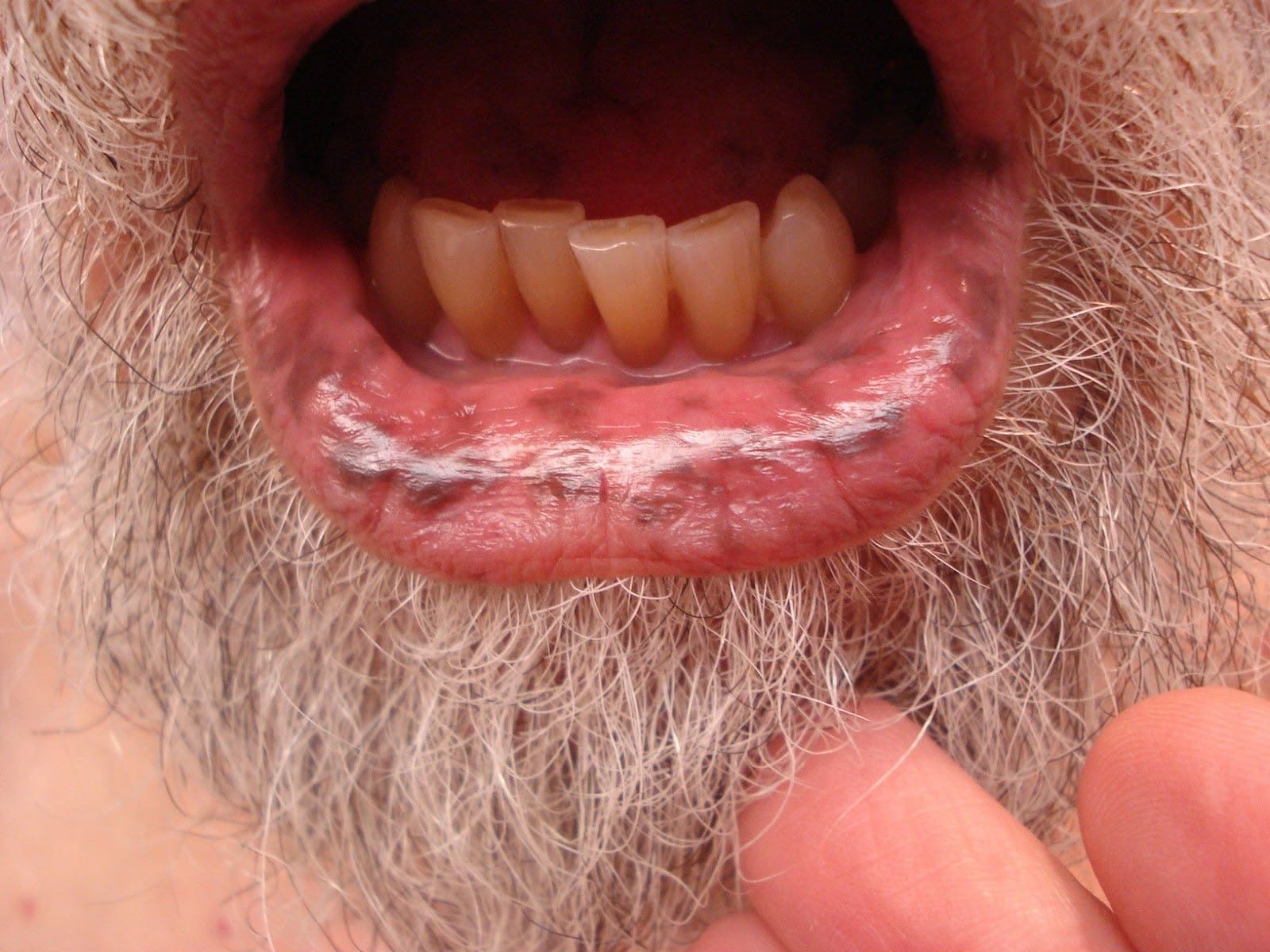
What is Brazilian Hemorrhagic Fever? Brazilian Hemorrhagic Fever (BzHF), also known as Sabiá virus, is a rare but deadly disease caused by the Brazilian mammarenavirus. This virus belongs to the Arenaviridae family and primarily spreads through contact with infected rodent excreta. Symptoms start like the flu—fever, sore throat, and muscle aches—but can quickly escalate to severe bleeding and neurological issues. With a high fatality rate, BzHF is a serious public health concern. Only five cases have been documented, three of which were fatal. Understanding this disease is crucial for early detection and effective treatment.
What is Brazilian Hemorrhagic Fever?
Brazilian Hemorrhagic Fever (BzHF) is a rare but deadly disease caused by the Brazilian mammarenavirus, also known as the Sabiá virus. This virus belongs to the family Arenaviridae and is part of the New World arenaviruses group.
- Classification and Taxonomy: Brazilian hemorrhagic fever falls under the family Arenaviridae, genus Mammarenavirus, and species Brazilian mammarenavirus. It shares its group with other South American hemorrhagic fevers like Argentine, Venezuelan, and Bolivian hemorrhagic fevers.
How is Brazilian Hemorrhagic Fever Transmitted?
Understanding how this virus spreads is crucial for preventing outbreaks. The primary carriers are rodents, and humans usually get infected accidentally.
- Transmission: The virus spreads through rodent excreta. Humans can contract it by coming into contact with infected rodent urine, feces, or saliva. The exact transmission mechanism isn't fully understood but likely involves aerosolized particles or direct contact with contaminated materials.
What are the Symptoms of Brazilian Hemorrhagic Fever?
The symptoms can be severe and progress rapidly, making early detection vital for treatment.
-
Symptoms: Initial symptoms resemble the flu, including fever, malaise, muscle pain, sore throat, cough, and headache. Gastrointestinal issues like epigastric pain, nausea, vomiting, and diarrhea may also occur. Severe symptoms such as hemorrhagic manifestations (bleeding gums, hematemesis, conjunctivitis, shock) and neurological symptoms (drowsiness, tremors, seizures, difficulty walking) can develop within 1 to 2 weeks.
-
Incubation Period: The incubation period ranges from 7 to 14 days, a critical window for public health surveillance and early detection.
How Deadly is Brazilian Hemorrhagic Fever?
The disease has a high fatality rate, making it a significant public health concern.
- Fatal Cases: Out of the five reported cases, three have been fatal. Death usually occurs within 2 to 3 weeks of symptom onset, highlighting the disease's severity and rapid progression.
Documented Cases of Brazilian Hemorrhagic Fever
Despite its lethality, there have been very few documented cases, making it a rare disease.
- Clinical Cases: Only five cases have been documented. The first naturally occurring case was in 1990 in São Paulo, Brazil. A female agricultural engineer contracted the disease and died. A virologist studying her case also got infected but survived. Other cases occurred in 1999 and 2020, both in São Paulo, and two in laboratory settings in 1992 and 1994.
Treatment Options for Brazilian Hemorrhagic Fever
While there is no specific cure, some treatments have shown promise in managing the disease.
- Treatment: Ribavirin is thought to be effective. A patient treated with ribavirin in 1994 had a shorter and less severe clinical course compared to those who did not receive the medication. Symptomatic control, such as fluids to address dehydration and bleeding, may also be required.
Safety Measures and Public Health Implications
Given its high lethality, strict safety measures are necessary to handle this virus.
-
Biosafety Level: The virus is classified as a biosafety Level 4 (BSL-4) pathogen due to its high infectiousness and lethality, requiring stringent laboratory protocols to prevent accidental exposure.
-
Public Health Implications: The rarity and severity make it a significant public health concern. Enhanced surveillance and diagnostic capabilities are crucial for early detection and management.
Diagnosing Brazilian Hemorrhagic Fever
Accurate diagnosis is essential for effective treatment and containment.
- Virological Diagnosis: Advanced techniques like virome enrichment and metagenomic next-generation sequencing are used for diagnosis. These methods help identify new arenavirus strains and diagnose cases in regions with limited diagnostic resources.
The Role of Rodents in Transmission
Rodents play a crucial role in the virus's lifecycle and transmission to humans.
- Rodent Involvement: Rodents are the primary hosts. Chronic infection in rodents leads to the excretion of the virus, posing a risk to humans through various transmission routes. Understanding this interface is crucial for developing effective control strategies.
Global Context and Historical Perspective
Brazilian Hemorrhagic Fever is part of a larger group of viral hemorrhagic fevers that have affected various regions globally.
-
Global Context: Viral hemorrhagic fevers (VHFs) are a group of diseases caused by different viruses, affecting multiple organ systems and can be fatal. The global context underscores the need for comprehensive public health strategies.
-
Historical Perspective: Other South American arenaviruses have caused significant outbreaks. Argentine hemorrhagic fever was first recognized in the early 1950s, Venezuelan hemorrhagic fever in the late 1980s, and Bolivian hemorrhagic fever in the early 1960s. These historical outbreaks highlight the importance of continuous surveillance and control measures.
Laboratory Safety and Research
Handling such a dangerous virus requires strict safety protocols and ongoing research.
-
Laboratory Safety: Strict adherence to biosafety protocols is essential to prevent accidental exposure and minimize the risk of laboratory-acquired infections. The 1994 laboratory accident at Yale University underscores the importance of these measures.
-
Ribavirin Treatment: Ribavirin has shown effectiveness in treating Brazilian hemorrhagic fever. The successful treatment of a researcher in 1994 highlights the importance of early intervention with antiviral medication. However, availability and accessibility of ribavirin remain challenges in many parts of the world.
Managing Symptoms and Public Awareness
Symptomatic control and public awareness are crucial for managing the disease effectively.
-
Symptomatic Control: Managing symptoms is crucial. This includes addressing dehydration and bleeding through fluid management and other supportive care measures. Early intervention can significantly improve patient outcomes.
-
Public Awareness: Understanding the symptoms and transmission routes can help individuals take preventive measures and seek medical attention promptly if they suspect exposure. Public health campaigns can play a vital role in disseminating information and promoting awareness.
The Importance of Research and Global Preparedness
Ongoing research and global preparedness are essential for combating this deadly disease.
-
Research and Development: Ongoing research is critical for improving our understanding of the virus and developing effective countermeasures. This includes studying the virus's genetic makeup, exploring new diagnostic techniques, and developing more effective treatments.
-
Global Preparedness: Enhancing surveillance systems, improving diagnostic capabilities, and developing robust response strategies are essential. International collaboration is crucial for sharing knowledge, best practices, and resources to combat this and other VHFs effectively.
-
Epidemiological Surveillance: Monitoring the spread of Brazilian hemorrhagic fever is essential. This includes tracking rodent populations, monitoring human cases, and implementing control measures to prevent transmission. The recent outbreak in São Paulo highlights the need for robust surveillance systems to anticipate and respond to emerging threats.
Final Thoughts on Brazilian Hemorrhagic Fever
Brazilian hemorrhagic fever, caused by the Brazilian mammarenavirus, is a rare yet deadly disease. With only five documented cases, its high fatality rate and severe symptoms make it a significant public health concern. Transmission primarily occurs through contact with infected rodent excreta, and symptoms range from flu-like illness to severe hemorrhagic and neurological manifestations. Ribavirin shows promise in treatment, but early intervention is crucial. The virus's classification as a Biosafety Level 4 pathogen underscores the need for stringent safety protocols in labs. Public awareness, robust epidemiological surveillance, and ongoing research are vital for managing this threat. Understanding the disease's transmission, symptoms, and treatment options can help in developing effective strategies to combat it. Global preparedness and international collaboration remain essential in addressing the challenges posed by Brazilian hemorrhagic fever.
Was this page helpful?
Our commitment to delivering trustworthy and engaging content is at the heart of what we do. Each fact on our site is contributed by real users like you, bringing a wealth of diverse insights and information. To ensure the highest standards of accuracy and reliability, our dedicated editors meticulously review each submission. This process guarantees that the facts we share are not only fascinating but also credible. Trust in our commitment to quality and authenticity as you explore and learn with us.


